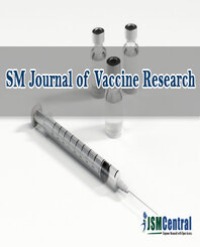
Therapeutic Vaccination against Cancers - A Conceptual Overview with Updates on the Immunological Approach
Cancer immunotherapy has now finally made its way and entered a new era, after decades of intensive searching of a cure for the incurable. Current attentions are particularly drawn by the very promising outcomes from a series of experimental and clinical studies recently concluded [1], having tested and verified the “Immune Checkpoint Blockade” working hypothesis initially proposed by Dr. James Allison nearly 20 years ago [2]. The next central question is about how to extend or maximize the therapeutic and survival benefits for greater numbers of patients, and of different cancer types. This may be achieved by further identifications of new target checkpoint inhibitors, emphasizing more on the tumor-specific antigenic signals, and through combination with the therapeutic vaccination approach in particular. Here, by joining in the discussion, I intend to start with direct reference to various basic yet constantly evolving concepts based on which vaccination against neoplasm has been developed along, and now progressing towards.
Huang FP1*




